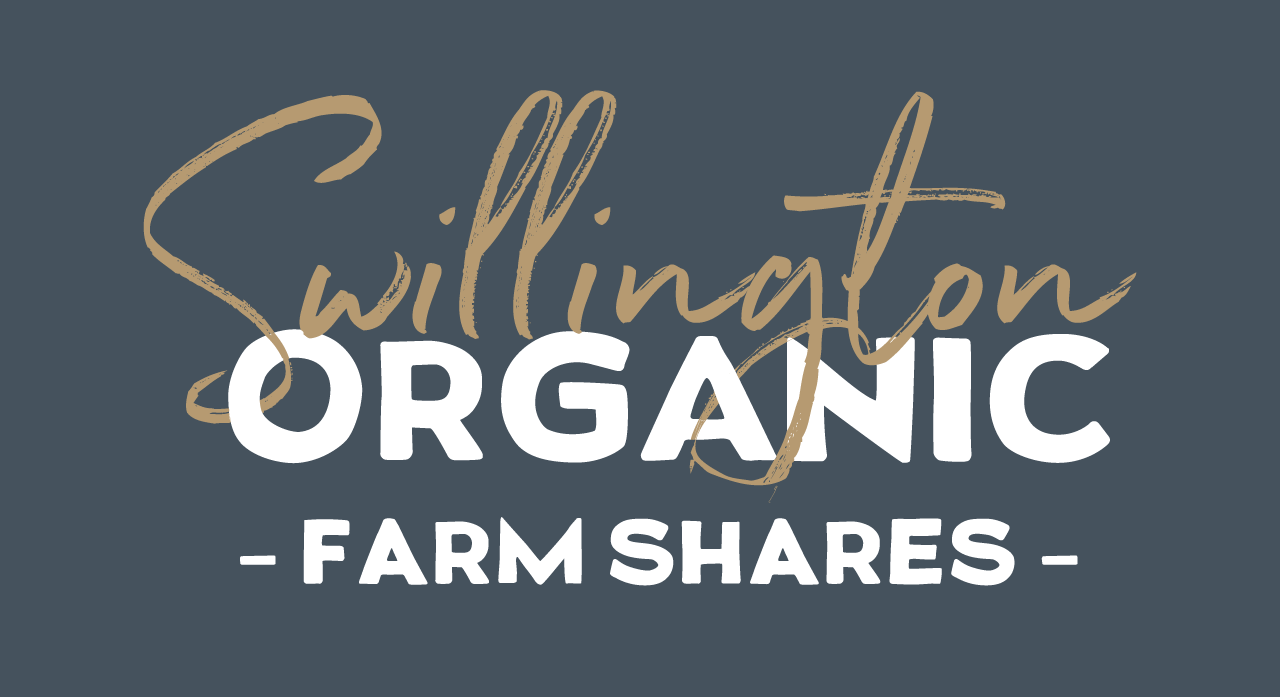A View from the Hedge
In a rare guest post, Nic and Tanya discuss hedge laying, getting close to nature and the animals who offered a helping hoof.During November and December, whilst most other people were busy with their Christmas shopping, we were laying a 200m hedge at Swillington Farm. Hedge laying is a traditional craft used primarily to regenerate an old hedge. It is carried out in the winter months when the leaves have fallen and there will be no birds nesting.Over the years an unlaid hedge grows taller, the individual stems grow thicker and gaps start appearing low down. Eventually sheep will be able to get through the gaps in the bottom of the hedge. During hedge laying the individual stems are partially cut through allowing the stems to be bent over at an angle, and then woven round stakes to give stability. The side branches are pruned to let light into the base of the hedge. Finally a binding along the top makes the hedge strong enough to give resistance to cattle. In spring new growth will sprout from the cuts in the stems, and elsewhere along the hedge, to create a thick, bushy hedge which is impenetrable to sheep and cattle. Once laid the hedge needs regular trimming to keep it in good order and shouldn't need laying again for up to 50 years. A thick healthy hedge is also a haven for wildlife.Another reason for laying a hedge is to provide thickness to a recently planted hedge, and this is why we were laying the hedge at Swillington Farm. A few years ago Jo had planted a mixed double hedge of hazel, hawthorn and blackthorn. It had grown to about 4m tall with stems up to about 10cm in diameter. Although it was growing well, the stems had grown upwards creating gaps low down. We were laying the hedge to fill these gaps, to encourage the hedge to grow thicker and to give it lateral structure.It's always nice to be working outside, especially on those sunny, frosty days. We had grand views across the fields of Swillington Farm, and over the lakes of the nearby RSPB reserve at St. Aidans. There are some very fine old trees on the Farm and, over the days, we watched the leaves of the oak trees turn to various shades of orange and brown, until they were eventually all blown off in the winds. We were visited by several birds as we worked and we especially looked out for a large group of Long Tailed Tits. Every day, without fail, this group of birds flew along the trees near to us, chattering to each other as they fed. It was always a joy to see them. The animals on the farm showed an interest in what we were doing too. One day we arrived to find a small group of heifers in the field we were working in. They were very keen to see what we were up to so they came over for a good look around, this included much dribbling and drooling over our various tools. Fortunately we'd had the presence of mind to put our lunch out of their reach! On subsequent days they usually came to see us, just to check whether we might have something interesting to eat. The sheep made several visits a day to check up on us, they were especially keen to see whether we'd cut down any hazel branches. Sheep, it would appear, find hazel leaves a particular delicacy!
The animals on the farm showed an interest in what we were doing too. One day we arrived to find a small group of heifers in the field we were working in. They were very keen to see what we were up to so they came over for a good look around, this included much dribbling and drooling over our various tools. Fortunately we'd had the presence of mind to put our lunch out of their reach! On subsequent days they usually came to see us, just to check whether we might have something interesting to eat. The sheep made several visits a day to check up on us, they were especially keen to see whether we'd cut down any hazel branches. Sheep, it would appear, find hazel leaves a particular delicacy! We finished the hedge laying just before Christmas, collected a turkey from the Farm Shop, and went home for a well earned rest. Now we just need to wait till spring to see the new growth sprouting up from the base of the hedge.Why not come see more of the conservation work we're doing here at the farm at our February Meatup where you can see how we maintain the natural environment and even plant your own tree before enjoying a hearty soup to warm those cockles. Find out more.
We finished the hedge laying just before Christmas, collected a turkey from the Farm Shop, and went home for a well earned rest. Now we just need to wait till spring to see the new growth sprouting up from the base of the hedge.Why not come see more of the conservation work we're doing here at the farm at our February Meatup where you can see how we maintain the natural environment and even plant your own tree before enjoying a hearty soup to warm those cockles. Find out more.
